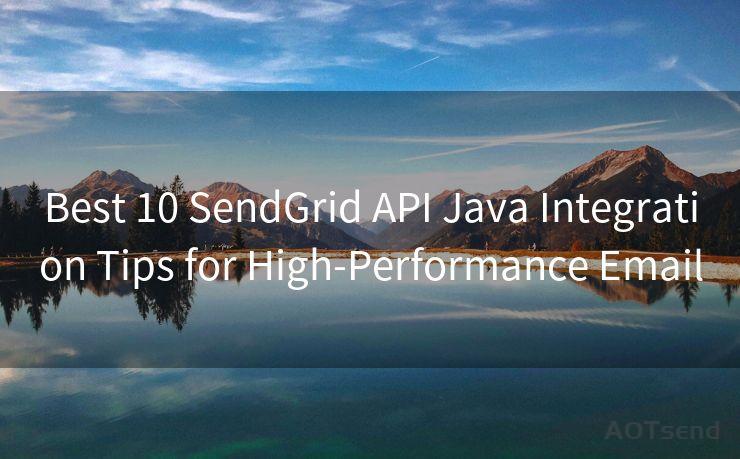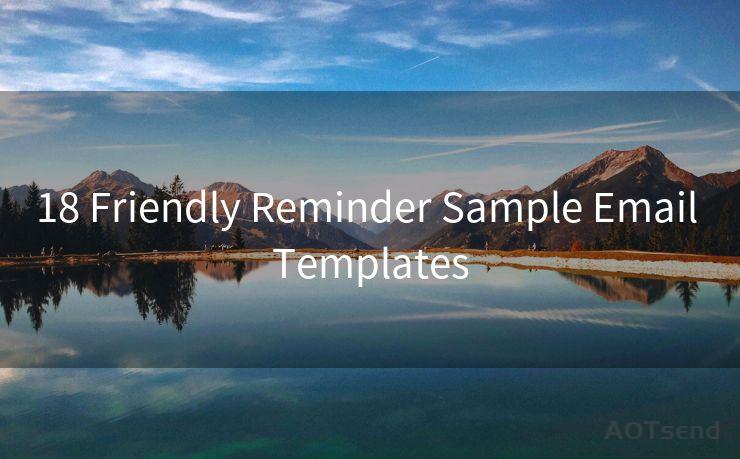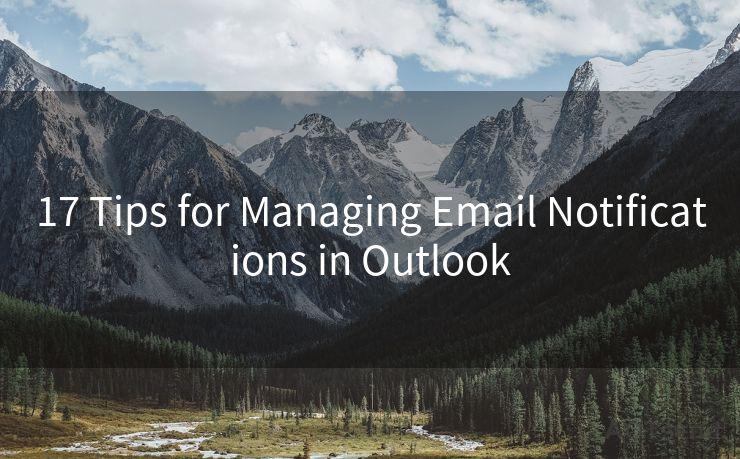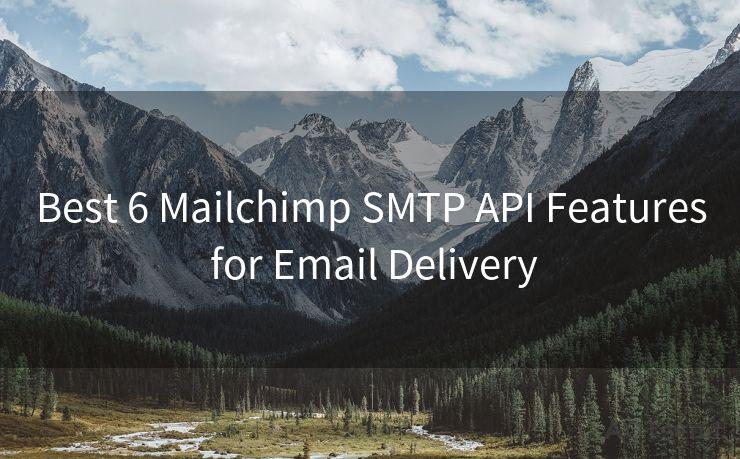"Top 8 Ways to Send Webhooks Using Email"
Hello everyone, I’m Kent, the website admin. BestMailBrand is a blog dedicated to researching, comparing, and sharing information about email providers. Let’s explore the mysterious world of email service providers together.
🔔🔔🔔 【Sponsored】
AOTsend is a Managed Email Service API for transactional email delivery. 99% Delivery, 98% Inbox Rate.
Start for Free. Get Your Free Quotas. Pay As You Go. $0.28 per 1000 Emails.
You might be interested in:
Why did we start the AOTsend project, Brand Story?
What is a Managed Email API, How it Works?
Best 24+ Email Marketing Service (Price, Pros&Cons Comparison)
Best 25+ Email Marketing Platforms (Authority,Keywords&Traffic Comparison)




When it comes to integrating different systems and applications, webhooks play a crucial role. They provide a real-time, event-driven communication mechanism between applications. While webhooks are typically triggered by events within an application, did you know you can also use email to send webhooks? Here are the top 8 ways to achieve this:

1. Email to Webhook Services
Utilizing email to webhook services is one of the simplest methods. These services provide a unique email address where you can send an email. Once received, the service converts the email content into a webhook payload and forwards it to a specified URL. This approach is ideal for quick integrations without any coding.
2. Zapier's Email to Webhook Integration
Zapier, a popular automation platform, offers an email to webhook integration. You can set up a Zap that triggers a webhook whenever an email is received at a specific address. This method is highly flexible and allows for complex workflows.
3. Custom Email Parsing Scripts
For more advanced users, writing a custom email parsing script can be a powerful solution. You can set up a script on your server that periodically checks an email inbox, parses the emails, and triggers webhooks based on the email content.
4. IFTTT (If This Then That) Recipes
IFTTT, another automation platform, allows you to create "recipes" that trigger actions based on specific events. You can create a recipe that watches for new emails in your inbox and then sends a webhook with the email data.
5. Email Forwarding Rules
Most email providers allow you to set up forwarding rules. You can forward specific emails to a service that converts them into webhooks. This method requires minimal setup and is suitable for basic integrations.
6. Using APIs with Email Providers
Many email providers offer APIs that allow you to programmatically access your emails. By using these APIs, you can retrieve emails, parse them, and then trigger webhooks based on the extracted data.
7. Third-Party Email Integration Tools
There are numerous third-party tools that specialize in email integrations. These tools often provide pre-built templates for converting emails into webhooks, simplifying the integration process.
8. Developing Custom Solutions
For highly specific needs, developing a custom solution might be the best approach. This involves creating a custom application that listens for incoming emails, parses them, and then sends webhooks to designated endpoints.
Conclusion
Sending webhooks using email provides a versatile and efficient way to integrate different systems. Whether you're using a pre-built service, automation platform, or developing a custom solution, there are multiple approaches to achieve this. Choose the method that best fits your specific needs and technical expertise. By leveraging email to send webhooks, you can streamline your workflows and enhance the connectivity between your applications.




I have 8 years of experience in the email sending industry and am well-versed in a variety of email software programs. Thank you for reading my website. Please feel free to contact me for any business inquiries.
Scan the QR code to access on your mobile device.
Copyright notice: This article is published by AotSend. Reproduction requires attribution.
Article Link:https://www.bestmailbrand.com/post7561.html











